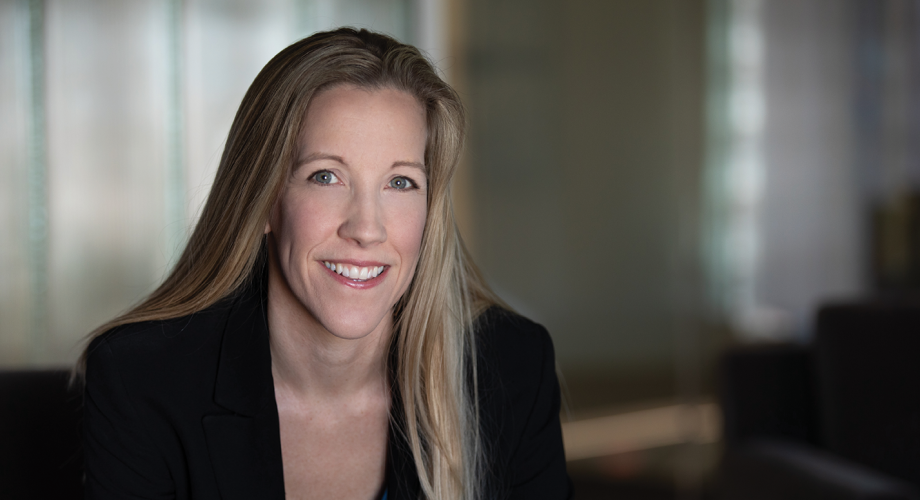A Q&A with Holli Beckman, Chief Marketing Officer at WC Smith
With demand for new leases slowing in recent months, operators are even more focused on retaining their current residents. units recently had the chance to chat with Holli Beckman, Chief Marketing Officer at WC Smith, about how apartment communities can boost their chances of keeping residents in the fold and the wide range of benefits of doing so.
This is a broad question, but what are some of the things—large and small—that apartment operators and communities can do to boost resident retention?
Beckman: It starts with the first contact. Apartment communities need to provide a comfortable, pleasant and efficient leasing experience.
To that end, multifamily has, for the most part, embraced the benefits of using AI and automated responses to provide prospects with immediate responses to their inquiries. Case study after case study has proven that customers prefer the immediate response over waiting for a human interaction. Communities that use this technology are setting the right tone for the entire leasing experience. Looking further down the line, apartment communities also need to provide a positive move-in experience, which can also have a lasting impact on how a resident feels about their community.
Understanding renters’ comfort with and preference for automation, operators should be identifying other appropriate applications for this technology to lift the burden from our onsite staffs and simultaneously provide the service our residents desire.
Too often, operators rely on overburdened onsite associates to manually manage renewals, which leads to inefficient communication and frustrated residents. By introducing technology and automation into the renewal process, apartment communities can make sure residents have the information they need when they need it and provide a much smoother overall experience. This can certainly have a positive impact on retention.
And, of course, communication throughout the resident lifecycle is key. That may sound like a cliché, but it’s so true. Reach out regularly to your residents to gather their feedback about their living experiences and to keep them in the loop about what’s happening at the community. Just as important as reaching out is doing so in the right channel. You need to accommodate a resident’s preference for receiving that information, whether that be text, email, phone call, etc. Effective communication makes residents feel positively about their community and can increase their desire to renew.
You have advocated for operators to think of renewals more broadly, i.e., not just simply a matter of keeping Resident A in Unit B. Could you explain what you mean by this broader concept?
Beckman: A resident’s needs can definitely change over the course of a lease. Maybe they like the community, but their household has grown, and they need more space. Perhaps the opposite has happened. Maybe they’ve gotten a new job that necessitates a move to another part of the city or to another city entirely.
Use these opportunities to try to—depending on the specific circumstance—move the resident into a different unit at the same community, or find another community in your brand that fits their current needs. A strong renewal process supported by technology can allow operators to efficiently gather feedback from residents about their current and future needs and to structure renewal offers and options accordingly.
We spend so much time and money acquiring residents, so don’t write them off when their needs change. By providing them with other living options at renewal, operators can keep good residents within their portfolio.
There are definitely financial benefits to high retention rates. Discuss what those benefits are as well as the impact of simply getting earlier decisions about renewals from residents.
Beckman: The benefits to higher renewal rates are perhaps fairly obvious: More retention boosts the bottom line. Oftentimes, renewal is only thought about asa time to adjust rents, but by improving retention we are protecting our budgets by reducing marketing and turnover costs.
But operators can also realize a host of operational and financial benefits simply by driving quicker renewal decisions, which can result from an efficient and well-organized renewal program. At WC Smith, we have implemented technology to help us optimize and automate the renewal process. As a result, renewal decisions are now made, on average, 69 days before the end of a lease expiration. That represents an 11-day improvement from before. In turn, these faster decisions allow us to see where our exposure is going to be, get in front of prospective renters more quickly, more accurately forecast occupancy and marketing spends and optimize our real-time pricing.
One benefit that isn’t discussed much—but is still critically important—is the powerfully beneficial impact higher retention rates can have on your site team’s mental health and job satisfaction. If residents are happier and staying in place, there are less apartments to advertise, lease and turnover. This reduces stress and frees up time for your site teams to provide an elevated customer experience. They also get to experience the satisfaction of knowing they are creating a desirable living experience that their residents appreciate.
Any final words of advice for operators looking to improve their resident retention?
Beckman: There are many ways to increase retention. From a tactical perspective, you can do things like make sure residents’ work orders are addressed quickly and satisfactorily; outfit your communities with in-demand amenities and unit features; and make sure your leasing staffs communicate frequently and clearly with residents.
In a bigger-picture sense, though, I would urge operators to prioritize the renewal process as much as new leasing, and to realize that devoting the right resources to renewals can drive powerful business results.
